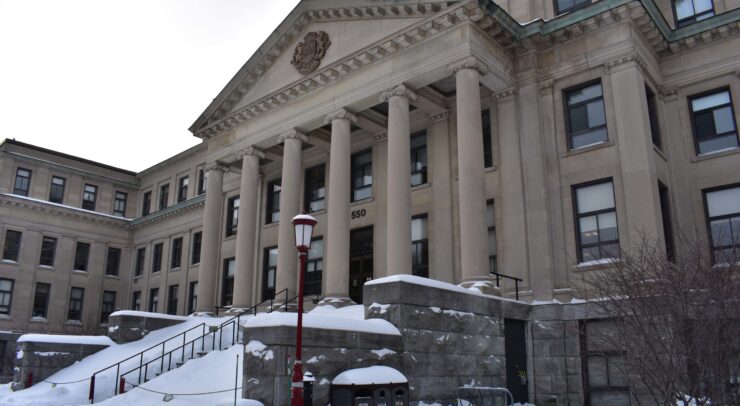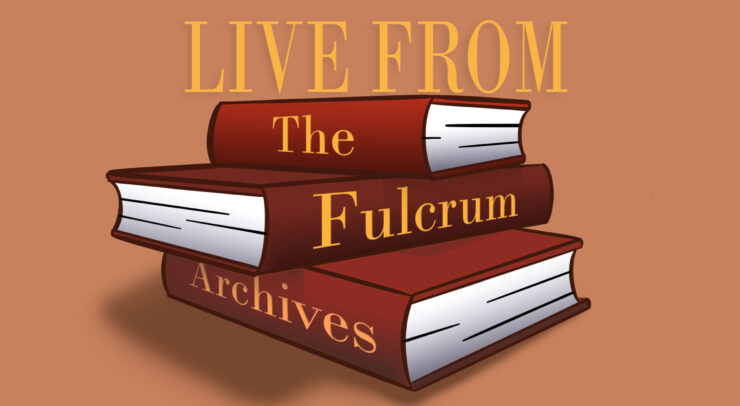Nineteenth century artifacts reflect ups and downs of U of O’s history
photo by Spencer Murdock
Over the summer months workers have been busy revitalizing the iconic Grande-Allée in front of Tabaret Hall—until work was halted in late August following a striking discovery.
In the torn up earth lay a collection of kitchen goods, which would have been used more than 100 years ago in the university’s main building.
In 1903, a fire destroyed the main building on campus, which would later be rebuilt as Tabaret. Despite being charred and slightly damaged, the various tin and porcelain plates, bottles, candlestick holders, and cookware are rare remnants of that time that provide insight into the university’s past.
“It’s a wonderful addition to the archival heritage of the University of Ottawa,” said Michel Prévost, the school’s chief archivist.
“These artifacts are significant for the history and the heritage of the university because after the fire of Dec. 2, 1903, we have very few documents and artifacts from the 19th century,” he said.
At the time, the main building included classrooms, residences, and dining halls, as well as administrative offices. Most students, including those who lived nearby, would stay on campus to attend classes from early September to June every year.
These artifacts would have come from the kitchen, and now, they’re much more than just some old dishes.
“You can see many things in these plates,” said Prévost.
For example, he explained, the fact that most of them are made of tin is an indication that the university didn’t have much money at the time. Later, after the building had been destroyed and rebuilt, the school was able to afford nicer, porcelain dishes with the university’s coat of arms.
The cookware and cutlery are a symbol of darker times at the U of O. The quality of the food served on those plates was questionable, Prévost said, and that almost caused students to strike in protest of the food.
The discovery not only makes for a good story, but it also helps create a more vivid picture of the school’s longstanding past, Prévost said.
“Now when I do a presentation about the history of the University of Ottawa, I will have a choice of over 40 artifacts to present,” he said. “As an archivist I’m very, very pleased to add these artifacts to our collection.”
The university’s archives will hold the set and many of the items will be restored. The artifacts join an exhibition by Saint Paul’s University on the history of the Missionary Oblates of Mary Immaculate, a religious congregation that founded the University of Ottawa in 1848. The artifacts will be on display to the public next fall.









